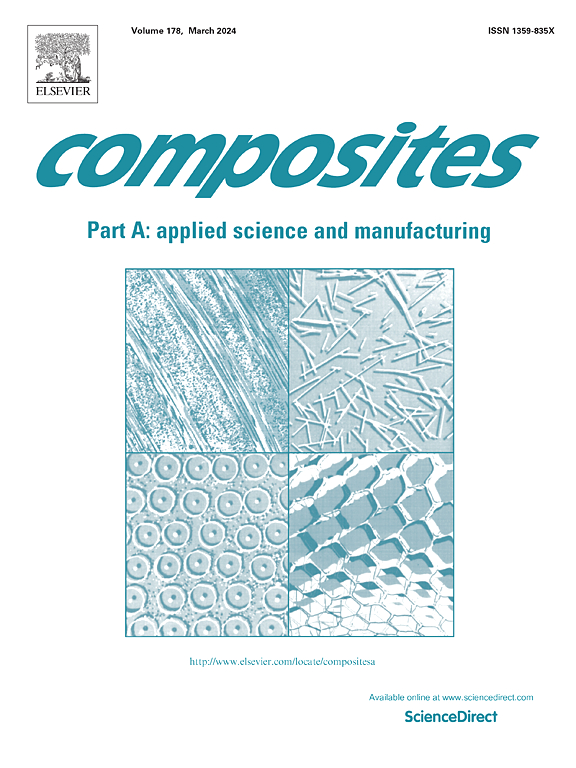Recent progress in non-planar 3D printing of continuous fiber-reinforced composites
IF 8.1
2区 材料科学
Q1 ENGINEERING, MANUFACTURING
Composites Part A: Applied Science and Manufacturing
Pub Date : 2025-03-30
DOI:10.1016/j.compositesa.2025.108900
引用次数: 0
Abstract
In recent years, additive manufacturing techniques have been increasingly applied in the production of continuous fiber-reinforced composites (CFRCs). However, most advancements have focused on the fabrication of planar CFRC structures, whereas many engineering applications involve non-planar structures. Progress in 3D printing of non-planar CFRCs remains limited, representing an emerging cutting-edge area with significant potential for engineering applications. This review focuses on the state-of-the-art in non-planar 3D printing techniques for CFRC structures and elaborates their future perspectives and potential challenges. A comprehensive discussion is presented on the distinctions between non-planar and conventional planar 3D printing methods, and the materials and processes currently employed in these studies are critically examined. Three common methods of curved layer slice-path generation for CFRC structure are introduced. In addition, the article specifically addresses various non-planar printing approaches, including support-based techniques, such as three-axis and multi-axis printing, as well as support-free methods relying on rapid cooling and photopolymerization processes. Finally, based on the challenges of non-planar printing techniques in path planning, manufacturing processes, and performance optimization, potential research directions for the future are outlined.

求助全文
约1分钟内获得全文
求助全文
来源期刊

Composites Part A: Applied Science and Manufacturing
工程技术-材料科学:复合
CiteScore
15.20
自引率
5.70%
发文量
492
审稿时长
30 days
期刊介绍:
Composites Part A: Applied Science and Manufacturing is a comprehensive journal that publishes original research papers, review articles, case studies, short communications, and letters covering various aspects of composite materials science and technology. This includes fibrous and particulate reinforcements in polymeric, metallic, and ceramic matrices, as well as 'natural' composites like wood and biological materials. The journal addresses topics such as properties, design, and manufacture of reinforcing fibers and particles, novel architectures and concepts, multifunctional composites, advancements in fabrication and processing, manufacturing science, process modeling, experimental mechanics, microstructural characterization, interfaces, prediction and measurement of mechanical, physical, and chemical behavior, and performance in service. Additionally, articles on economic and commercial aspects, design, and case studies are welcomed. All submissions undergo rigorous peer review to ensure they contribute significantly and innovatively, maintaining high standards for content and presentation. The editorial team aims to expedite the review process for prompt publication.
 求助内容:
求助内容: 应助结果提醒方式:
应助结果提醒方式:


